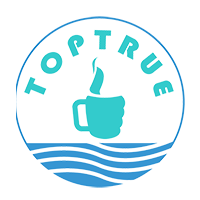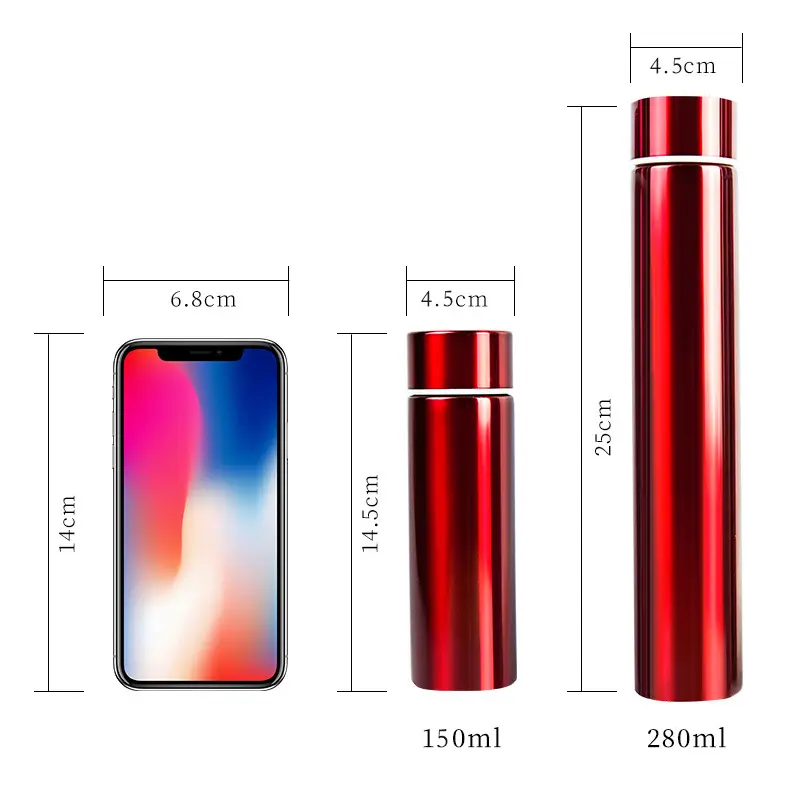The past and present life of the thermos cup
The "Mingyuan Gambling Market" painted by Liu Songnian of the Southern Song Dynasty depicts a market woman carrying a tea bottle to sell water. From the picture, it can be clearly seen that the tea bottle in her hand is insulated. However, the thermal insulation effect at that time was not good, and people did not have a strong awareness of drinking hot water, so it was gradually lost!
The birth ofthe thermos cup

The world's first true vacuum flask is called the "Dewar's flask", and its inventor is the British scientist Sir James Dewar. James Dewar is a professor at Cambridge University and a member of the Royal Society. Dia has long been engaged in research on gas liquefaction and low-temperature phenomena. Dia began to study liquid oxygen around 1880, and in 1891 he proposed the technology for industrial production of liquid oxygen. In order to preserve this liquid oxygen, he invented a container to store liquid oxygen. The container is made of double-layer glass, the glass walls are coated with mercury, and then the air between the two glass walls is removed to create a vacuum. Dia patented this technology in the UK. Although this invention made him famous, Dewar's patent application only claimed protection for the method of removing air to create a vacuum, not its creation into a corresponding container. Dia did not realize that the Dewar's flask had wider uses and therefore failed to benefit from his invention.
In 1890, the British chemist James Juard improved this and plated a layer of silver on the bottle wall, which could effectively reduce heat radiation and reduce heat dissipation through the glass, so the Juard bottle was born. In 1902, the German Berger used a nickel shell to make a thermos flask shell to protect the bottle bladder. Dia applied for a patent and began mass production, making thermos flasks available in people's homes. More than a hundred years later, James Dewar's invention is still widely used in laboratories. Experimenters use Dewar bottles to transport and store cryogenic liquids. Berg's improvements to Dewar's invention made the vacuum bottle more versatile and widely used, becoming an indispensable daily necessities in people's daily lives.
Chinese thermos cup
China's thermos bottle manufacturing industry started late and was developed in Shanghai. In 1922, Shanghai Huiluo Company, which distributed imported products, introduced German thermos bottles with a double-layer glass structure to the Chinese market. In September 1925, Shanghai Da Yaoxian, who returned from studying in the United States, founded the "Xiexin" glass factory in Shanghai. Dia hired technicians and trial-produced China's first domestically produced 2-pound thermos flask, which he named "Qilin" brand thermos flask.
The person who truly made thermos bottles an industrial industry in China was Liang Bozhi, a Cantonese. Dia founded Guangming Electric Co., Ltd. in Shanghai to produce and sell "Zhuan Xin" brand thermos bottles. The products were exported to the country and Southeast Asia. From 1931 to 1932, the Chinese private sector There are 46 thermos bottle factories founded by capital in Shanghai. The three largest companies are Guangming, Lixing and Everbright.
In 1934, Shanghai Lixing "Great Wall Brand" Thermos Bottle Factory invented the world's first 5-handle thermos bottle, which established the basic style of Chinese thermos bottles. Later, Shanghai Everbright Thermos Bottle Factory invented the 0.5-pound small thermos bottle that was compact and easy to carry. Thermos bottle and 1.5 pound military travel thermos.
After the founding of the People's Republic of China, the development of thermos bottles entered a new stage. According to statistics: China's total output of thermos bottles in 1952 was 8.55 million bottles, reaching 42 million bottles in 1960, reaching 100 million bottles in 1978, and exceeding 200 million bottles in 1987. , the total output of thermos bottles reached 570 million in 2010, and there were 77 thermos bottle companies nationwide. In the 1960s and 1970s, when a couple got married, it was very common for colleagues to give them a pair of thermos bottles. Thermos bottles with a bright red shell or a "double happiness" pattern were especially popular.
In 1977, China's first air pressure thermos bottle was born, and the fun of pressing out warm water in childhood began to be unlocked from here.
In the 1990s, overseas cup and pot production technology was introduced into China. The cup and pot industry represented by thermos cups, glass cups and plastic cups began to develop rapidly. Household large and medium-sized thermos bottles were withdrawn from the market year by year. Most urban households no longer use thermos. Thermos bottle, this change has also caused the rapid disappearance of thermos bottle manufacturers across the country, and small thermos cups that are easy for people to carry when traveling are actively appearing in the market. Sales are increasing year by year and are deeply loved by people.
From the initial extensive production of thermos cups to the rise of independent brands and the technical level reaching or approaching the international leading level, the industry has experienced rapid development and iteration, and consumer choices have become more diversified with industry development and technological process innovation. In the future, with the development of technology and the growing consumer demand for thermos cups, the market size of the thermos cup industry will continue to grow, and the market size will reach more than 200 billion yuan. In addition, with the development of technology, the quality of thermos cup products will also be improved, which not only meets the practical requirements of consumers, but also has a beautiful and elegant appearance. At the same time, the price of the thermos cup product will also be controlled accordingly, making it acceptable to more consumers.










